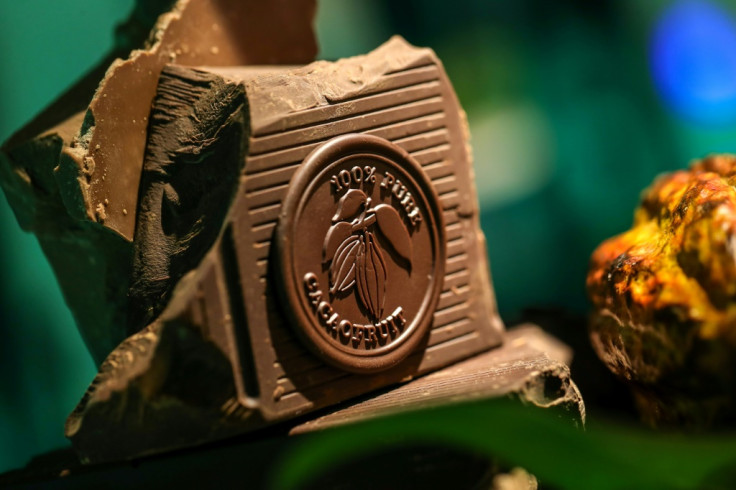Scientists come up with healthy chocolate variant using peanut skins, coffee grounds
Researchers found a way to combine peanut skins, coffee grounds, and chocolate, with boosted antioxidant levels minus the bitter taste.
Those who love to eat chocolates but would often abstain from giving in to their cravings may find a new study on "healthy chocolates" comforting. Scientists are now working on a variant that would be deemed as a healthier option for all chocolate lovers.
A study led by Lina Dean, Ph.D., and her colleagues at the US Department of Agriculture's Research Service, found a way to combine peanut skins, coffee grounds, and chocolate, making it a healthy snack with boosted levels of antioxidants. What makes it different from dark chocolates is that the one that they have developed would be smooth milk chocolate with a chock-full of antioxidants as compared to the former, which has generally a bitter taste.
Dean stated in a news release that the idea for the project began with a goal to extract phenolics from the skins of peanuts to test its biodiversity. Phenolic compounds are associated with the nutritional quality of both fresh and processed plant foods, according to a paper by the Department of Food Science of the State University of New Jersey.
Dean revealed that phenolics are very bitter and they had to find a way to mitigate the sensation. These phenolics are the ones that are making dark chocolates bitter in addition to the fact that this chocolate variant has less milk and sugar. Since dark chocolates are more expensive, being able to add waste like peanut skins, coffee grounds, or even discarded tea leaves will make it cheaper.
To achieve their goal of creating milk chocolate but with antioxidants from "food waste," Dean and her team worked with different peanut companies so that they could obtain the peanut skins. Next, they ground the skins and extracted the phenolic compounds. The phenolic powder is then combined with a common food additive called maltodextrin so that it would be easier to mix with the final milk chocolate product.
To ensure that the final output will align with consumers' tastes, they tasked a trained sensory panel to taste each variant. The phenolics they incorporated varied from 0.1 to 8.1 percent. They wanted to make sure that the phenolics will not be detected when eating the milk chocolates.
The researchers found that when the phenolics were at 0.9 percent, the tasters already detected it. The best level for them was at 0.8 percent phenolic milk chocolate. They also ascertained that its chemical antioxidant activity was higher compared to most dark chocolates.
The researchers presented their results at the American Chemical Society (ACS) Fall 2020 Virtual Meeting & Expo.
© Copyright IBTimes 2025. All rights reserved.






















